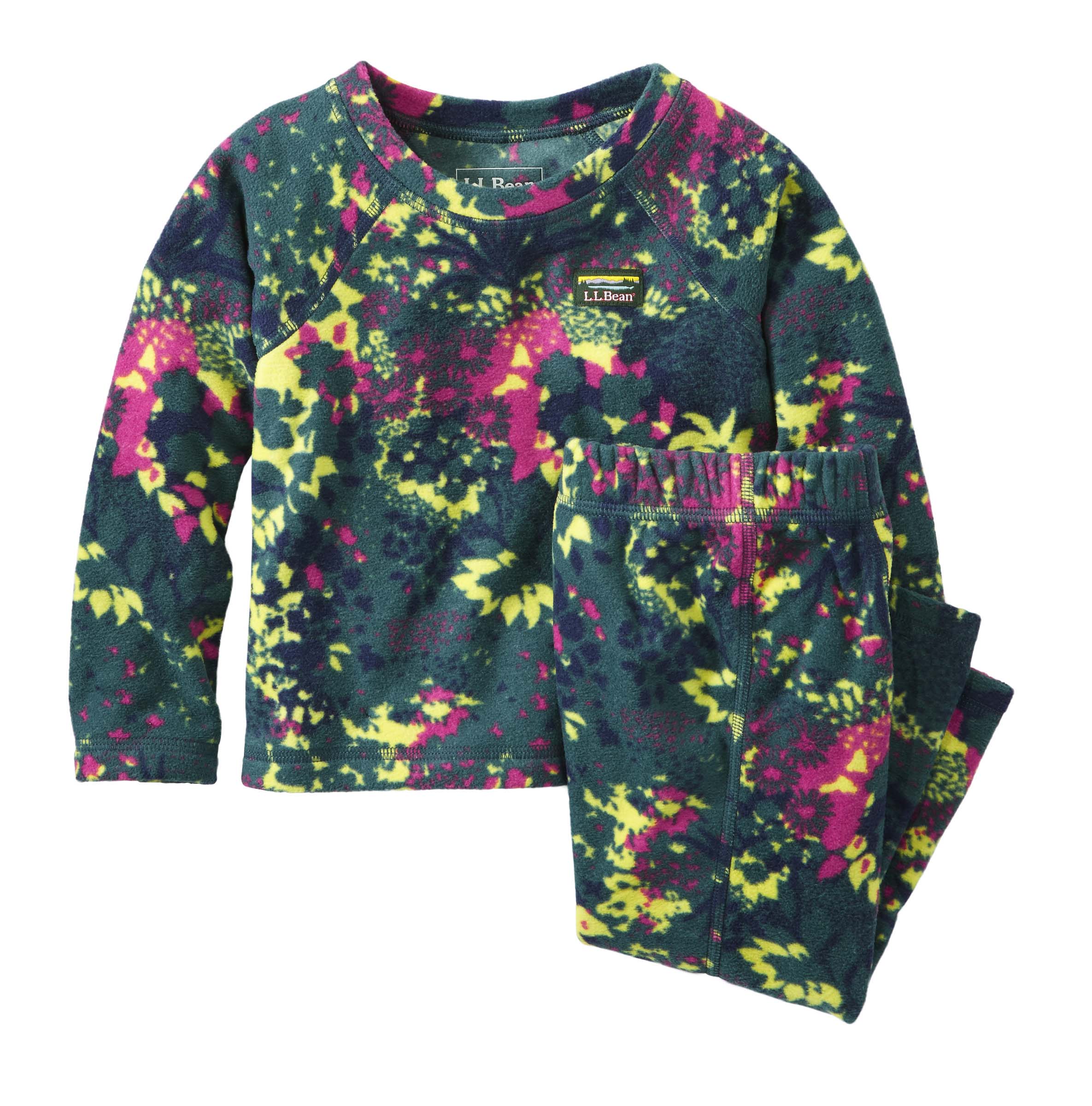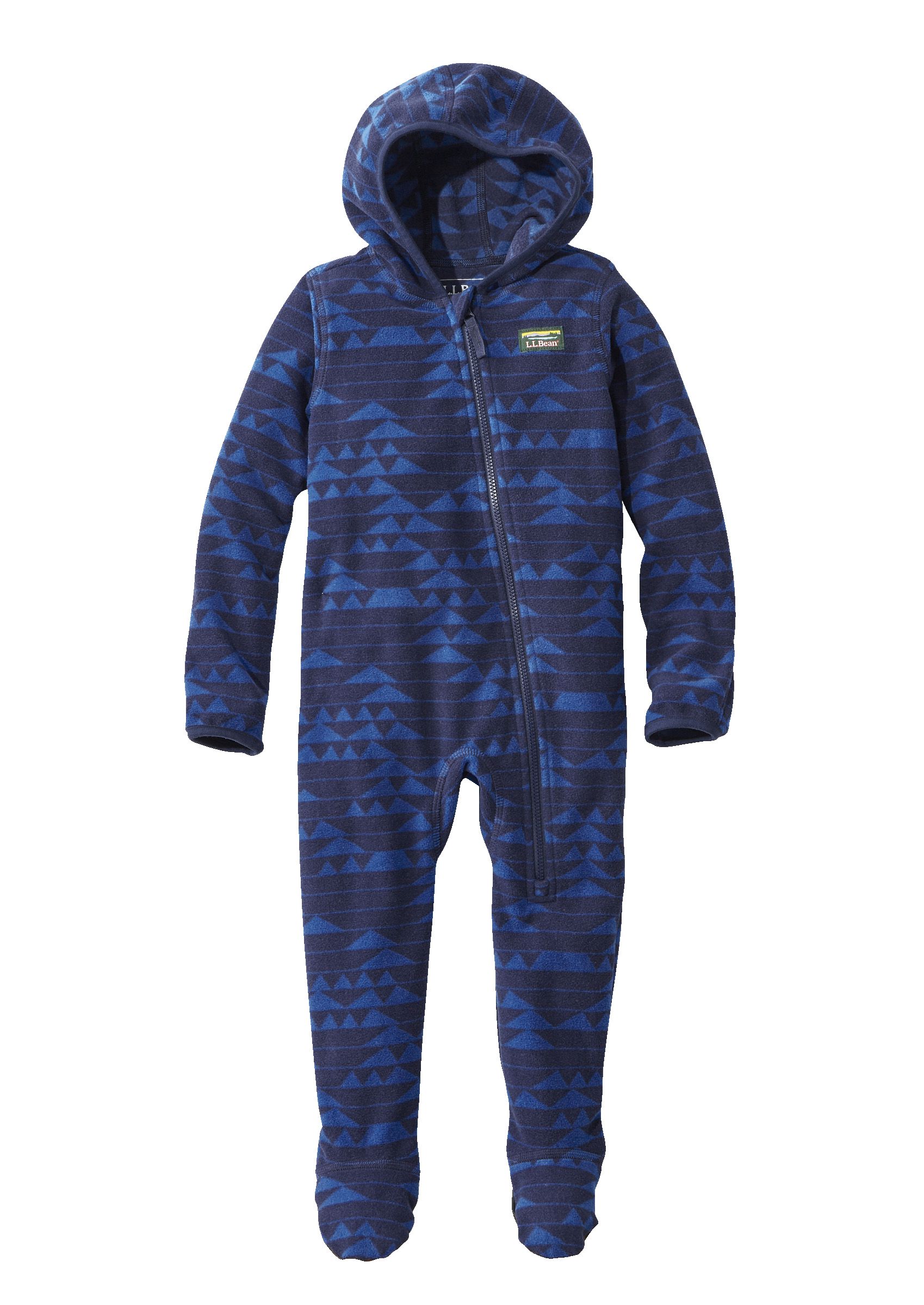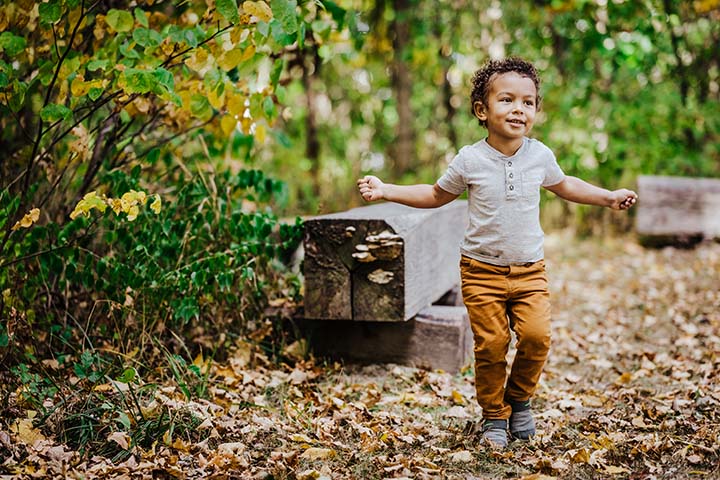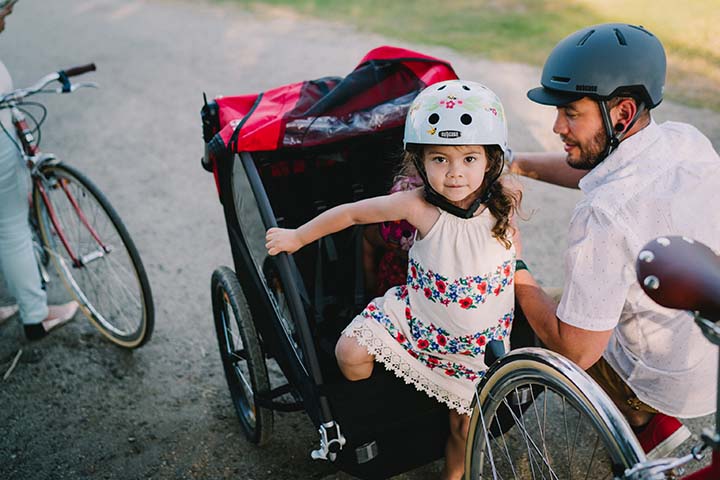Hike it Baby's Holiday Gift Guide 2020
 We are heading into the holiday season of what has been one of the most stressful years for many of us. Perhaps that's why so many decorated their homes on November 1st. We could all use a little holiday cheer. This year, we created a holiday gift guide that we hope simplifies gift giving. Here's our list of useful items for the outdoorsy loved one in your life.
We are heading into the holiday season of what has been one of the most stressful years for many of us. Perhaps that's why so many decorated their homes on November 1st. We could all use a little holiday cheer. This year, we created a holiday gift guide that we hope simplifies gift giving. Here's our list of useful items for the outdoorsy loved one in your life.
Water Bottle
A water bottle is not only a practical gift it is also an environmentally friendly one. Stopping the use of single-use plastics will help clean up our waterways, reduce landfill bulk, and save the lives of countless animals that fall victim to ingesting or otherwise getting harmed by plastics. However, which water bottle do you choose? A few factors to consider are:
- Material (hard plastic vs. stainless steel)
- Size (how many ounces/milliliters)
- Shape (not all bottles fit into standard cup holders)
- Lid type (screw-off, straw, or flip-top)
You can even get a bottle with a built-in water filter! We recommend stopping into your local sporting-goods store to check out the options available. You could even include stickers to help the giftee decorate their new gift (such as our We're Outdoorsy campaign sticker!).
Fleece for the Whole Family
You may have heard the phrase “cotton is rotten” when talking about layering up and insulating for cold weather. Cotton will absorb moisture and keep it close to the body, which causes the wearer to rapidly lose body heat. Materials such as wool and synthetics wick moisture and insulate body heat. While there are other material options available, fleece is generally a cost-effective, lightweight, warm, and super comfy option for the whole family. We love the breathability and softness of L.L. Bean’s new Fitness Fleece, which comes in sizes for infants , toddlers, and kids. For adults, L.L. Bean carries options for trail fleece in both men’s and women’s sizes. 


Hammock
Whether you have a camping guru on your list or a family who would love a special spot to relax in their yard, a hammock makes a wonderful gift. A few features to consider when purchasing a hammock are:
- Material - Quick-drying nylon is perfect for camping, but you can get away with cotton and other materials for backyard use.
- Size - Single or double, depending on how many kiddos you have piling in with you. Be sure to look at the weight tolerance as well.
- Location it will be set- up - You may need a stand if trees aren’t present.
There are some hammocks on the market that even double as a large blanket for use on the beach or at the park!
Shoes for New Walkers
Quality shoes are a must when our kiddos start to walk, especially in colder months. Choosing a shoe that has good traction, a wide toe-box, ultra-flexibility, and alternative closures will help little walkers “gain their footing” while walking in the outdoors and on trails. For more information on choosing the right shoe for beginner walkers, check out this article. We love the Bare Steps® Line from Merrell, which was developed with a child’s growing feet in mind. For colder months, the Little Kid's Bare Steps® Boot 2.0 Jr. and the Little Kid's Bare Steps® Cocoa Jr. Boot are great options that are also made with environmentally friendly materials.
Multi-use Blanket
This is one of those gear items that you wouldn’t think you’d need but end up using ALL of the time, which makes it the perfect gift. There are tons of options to choose from based on the features you are looking for. For example, some fold up into a pocket that easily fits in the palm of your hand and makes for an excellent hiking companion for those times you need to change your baby, have a clean spot for a picnic, or just want to sit on a dry surface when taking a break. Other options are a bit bigger with weighted corners or stakes and attach nicely to a hiking pack or stroller for those times you want to head to the beach or have a picnic in the park without worrying about a fly-away blanket.
Baby Carrier
This is an especially great gift for a new parent or a family member who wants to get outside more or is unhappy with their current carrier. Carrying your littles not only frees up your arms and gives you a workout, it provides that close connection between child and caregiver (you can read more about babywearing in this article). With so many baby carrier options out there (wrap, sling, soft-structured, framed, etc.), we recommend seeking out a babywearing group or consulting a store that carries multiple varieties to determine which option will work best for the child and the caregiver.
Family Bike Gear
Who says babies, toddlers, and little kids are too young to go on bike adventures? You just need the right gear for whatever adventure you have in mind. If the giftee on your list enjoys family rides around the neighborhood or trail, a child bike seat that attaches onto the bike is a great option. Burley offers both frame mounted and rack mounted options to ensure a good fit for most bikes. If longer mileage is on the agenda, consider a bike trailer that attaches to the back of an adult bike. Most, Like the Honey Bee™ from Burley, also convert to a double stroller, so you have two great uses out of one comfortable, safe piece of equipment. Is a kiddo on your list ready to get out of the seat and onto their own bike? Balance bikes, such as this style available in December, offer a great beginner option, and make for an easy transition to a pedal bike.
A Donation in Someone’s Name
If you have a person on your list that is passionate about a particular cause, such as cancer or disease research or a non-profit organization they love, consider making a donation in their name. This is a wonderful way to show that you support them and want to help them bring awareness to a cause you know they care deeply about.
We're Outdoorsy Campaign Hat, Mug or Sticker
Support Hike it Baby in our mission to change what it means to go outside and who is welcome there with a financial donation. Help make it easy for all families, particularly those with babies and young children, to develop a connection to nature, benefit from time outside, and create a better future for all children for generations to come. As a thank you for your donation, we've designed these exclusive gifts to show your support – and share our new definition of what it means to be "Outdoorsy".  The hat is also available in a men's and childrens's style.
The hat is also available in a men's and childrens's style.
Hike it Baby SWAG
For the fellow Hike it Baby friend or family member on your list, head over to our Hike it Baby Bonfire SWAG shop for shirts, hats, and other goodies! Both youth and adult sizes are available with multiple styles and designs to choose from. We wish you a safe, happy and healthy holiday season. Take some time to get outside. Even just a step out of your door and a few minutes under the sky can do wonders for the mind and body. Cheers!
About Hike it Baby
Photos courtesy of L.L.Bean, Michelle Craig, Burley
Related Content




Comments